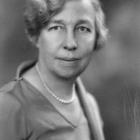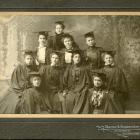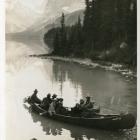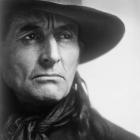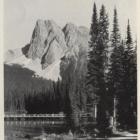Introduction
In 1911, Canada set up the Dominion Parks Branch (the precursor to Parks Canada), the first organization in the world devoted to national parks. The file clerk in the new agency was Mabel Berta Williams, a young woman who had never visited a national park before. In fact, she did not know what they were.
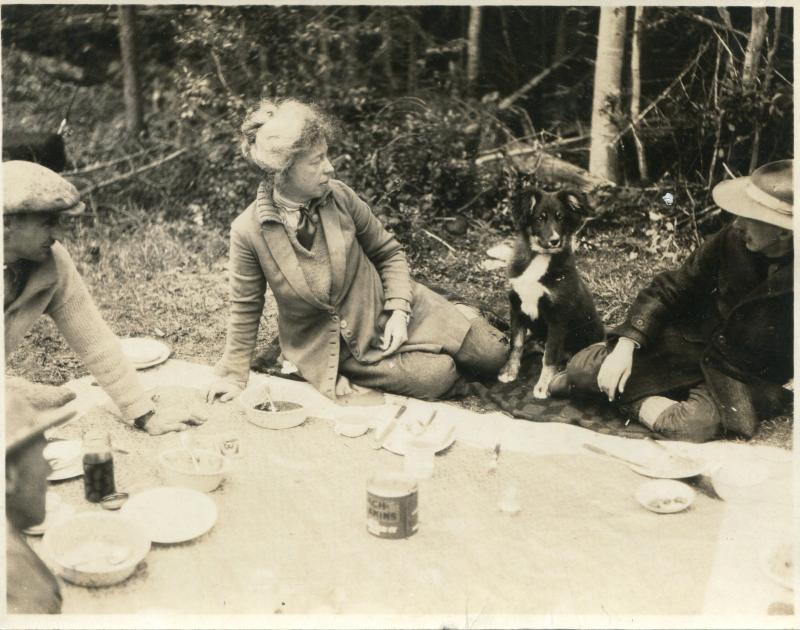
MB Williams picnicking during a research trip in the Rockies in the 1920s
MB Williams picnicking during a research trip in the Rockies in the 1920s
Photograph courtesy of Sylvia Watson, grandniece of MB Williams.
 This work is licensed under a Creative Commons Public Domain Mark 1.0 License.
This work is licensed under a Creative Commons Public Domain Mark 1.0 License.
But within a decade, “MB” Williams was the agency’s lead writer of promotional material, and the author of a series of guidebooks that would be the centerpiece for tourism promotion of Canada’s national parks, the Canadian Rockies, and Canada itself. She drafted parks policy and helped articulate the emerging philosophy of parks in Canada, a philosophy that stressed both their humanitarian and commercial value to the nation. Soon she was also in charge of transitioning the bureau’s publicity work into the movie era, and she produced scripts for fifty of the Parks Branch’s documentary and travel films. But at the onset of the Great Depression her entire female staff was laid off, and she resigned in solidarity. Williams spent the rest of her life struggling to make it as an author, only ever succeeding when she returned to the subject of national parks.
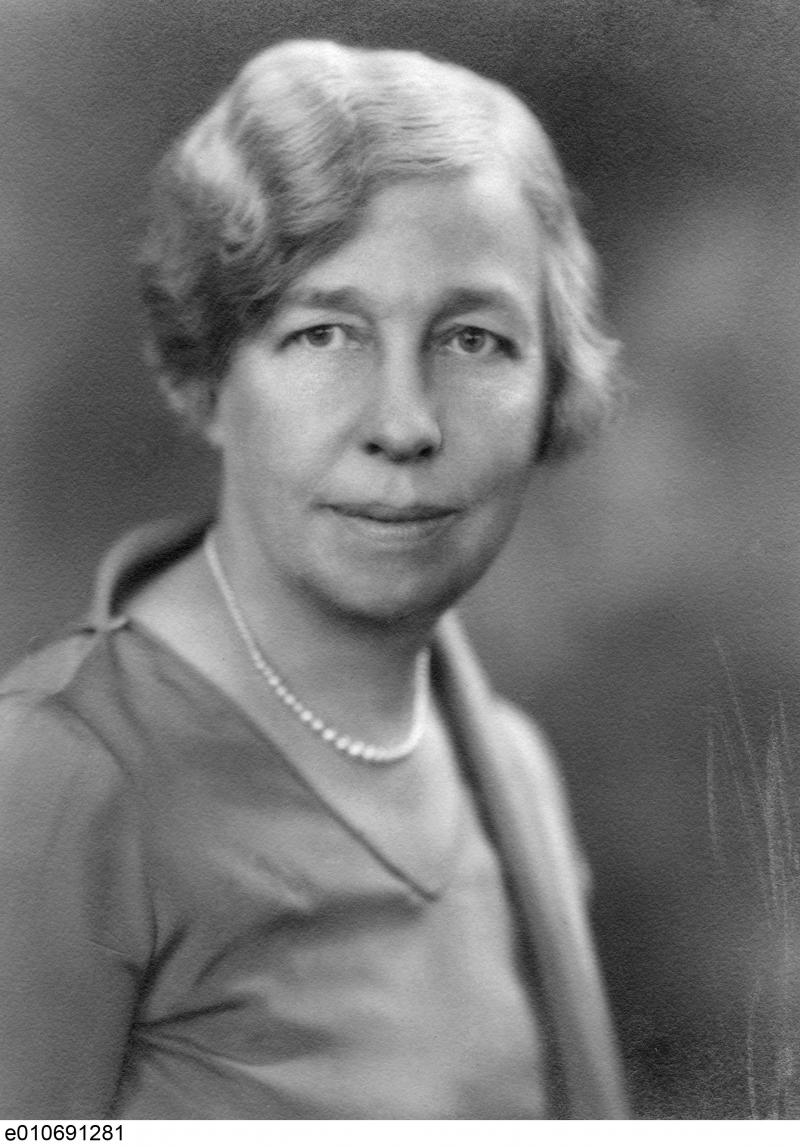
A photograph from the Associated Screen News Ltd. of Montreal of MB Williams, ca. 1929. The company produced travel films in cooperation with the National Parks Branch.
A photograph from the Associated Screen News Ltd. of Montreal of MB Williams, ca. 1929. The company produced travel films in cooperation with the National Parks Branch.
M. B. Williams fonds, Library and Archives Canada, R12219-0-3-E.
 This work is licensed under a Creative Commons Public Domain Mark 1.0 License.
This work is licensed under a Creative Commons Public Domain Mark 1.0 License.
MB Williams was instrumental in both developing Canada’s national park system and documenting that development. But whereas the Parks Branch’s first director, James B. Harkin—whom she greatly admired—is still remembered as “the Father of Canadian National Parks” and an environmental hero, Williams’s career has been almost entirely lost to history. This speaks to the way the work of a single senior figure is so often allowed to stand in for the efforts of an entire organization, even a movement, undervaluing the contributions of more junior people and, worse, obscuring the degree to which change is the product of teams, to say nothing of broader cultural forces. It also speaks, of course, to the marginalization of women and their work both in the past and in our writing of that past. Although women made up close to half of the Dominion Parks Branch headquarters’s staff in those first decades, they were clustered in lower positions—Williams a distinct exception, and she too soon confronted the glass ceiling—and their contribution to Canadian national parks history has been forgotten.
MB Williams: Living & Writing the Early Years of Parks Canada is an exhibition and archive that tells the story of an extraordinary yet ordinary woman who became devoted to parks and engendered that devotion in others. My intention is not to argue that Williams, rather than James B. Harkin, was the mastermind behind the development of Canadian national parks—to replace one hero myth with another—but rather to use her life to document the germinating philosophy of parks in early to mid-twentieth-century Canada, as both expressed in and produced by Dominion Parks Branch staff. What anchors the exhibition is an unusually rich and varied collection of sources from MB’s life: more than thirty letters, compiled from her private papers; nine published guidebooks, long out-of-print; fifteen photographs; and an oral interview from 1969, never before heard.
I have written about MB elsewhere, offering my own interpretation of her career. But this exhibition is designed to be a place where visitors can explore her written and spoken words for themselves. You can read through the narrative, which links the story of MB’s life to items in the collection. Or you can just browse the collection—reading, listening to, and composing MB’s life on your own.
About the Author
Alan MacEachern teaches History at Western University in London, Ontario, Canada. The founding director of NiCHE: Network in Canadian History & Environment, he has written extensively on Canadian national parks, including Natural Selections: National Parks in Atlantic Canada, 1935–1970 (2001); “Canada’s Best Idea? The Canadian and American National Park Services in the 1910s” (2016); and, for Arcadia, “Banff is …Hell? The Struggle of Being Canada’s First, Most Famous, and Most Visited National Park” (2016). He has also previously written on “M.B. Williams and the Early Years of Parks Canada” (2011). MacEachern was a Carson Fellow at the Rachel Carson Center for Environment and Society in 2016. He can be reached at amaceach@uwo.ca.
How to Cite
MacEachern, Alan. “MB Williams: Living & Writing the Early Years of Parks Canada.” Environment & Society Portal, Virtual Exhibitions 2018, no. 2. Rachel Carson Center for Environment and Society. doi.org/10.5282/rcc/8305. ISSN 2198-7696 Environment & Society Portal, Virtual Exhibitions.
The Rachel Carson Center’s Environment & Society Portal makes archival materials openly accessible for purposes of research and education. Views expressed in these materials do not necessarily reflect the views or positions of the Rachel Carson Center or its partners.
- Previous chapter
- Next chapter




